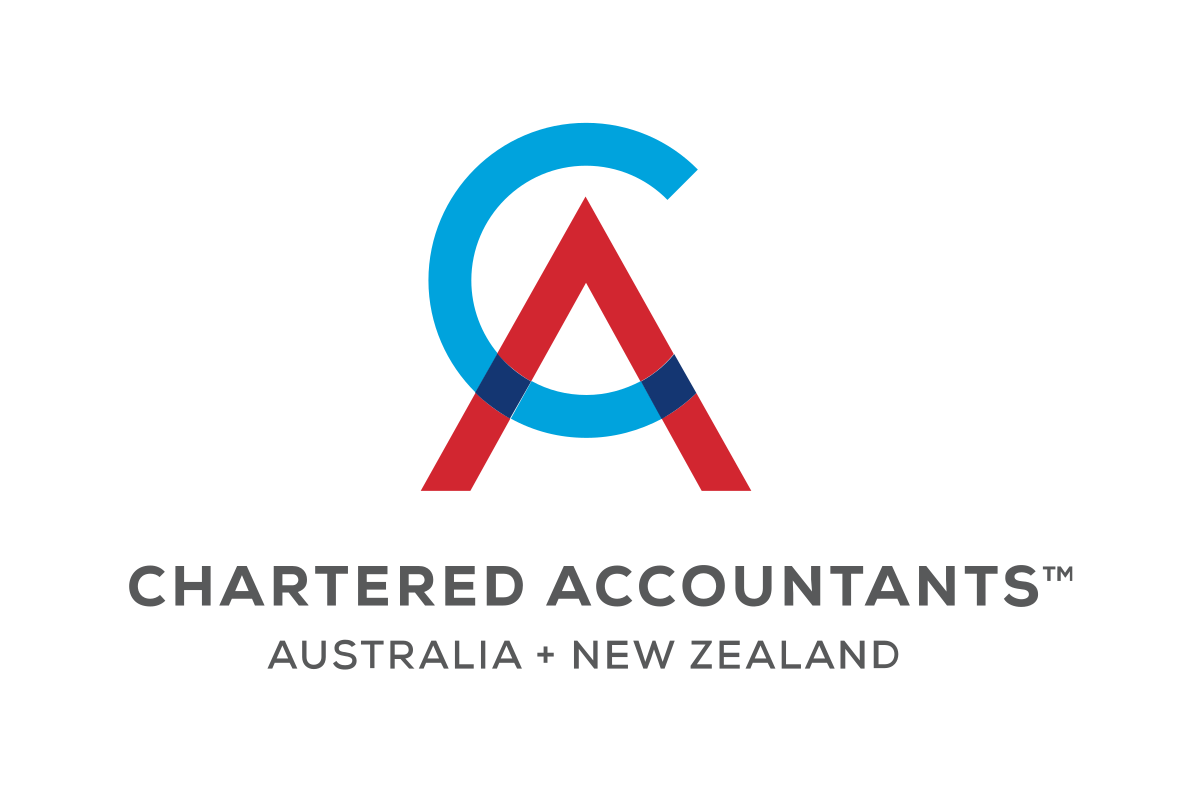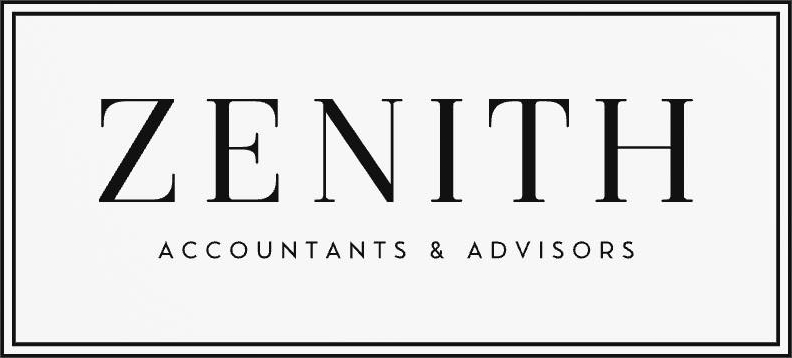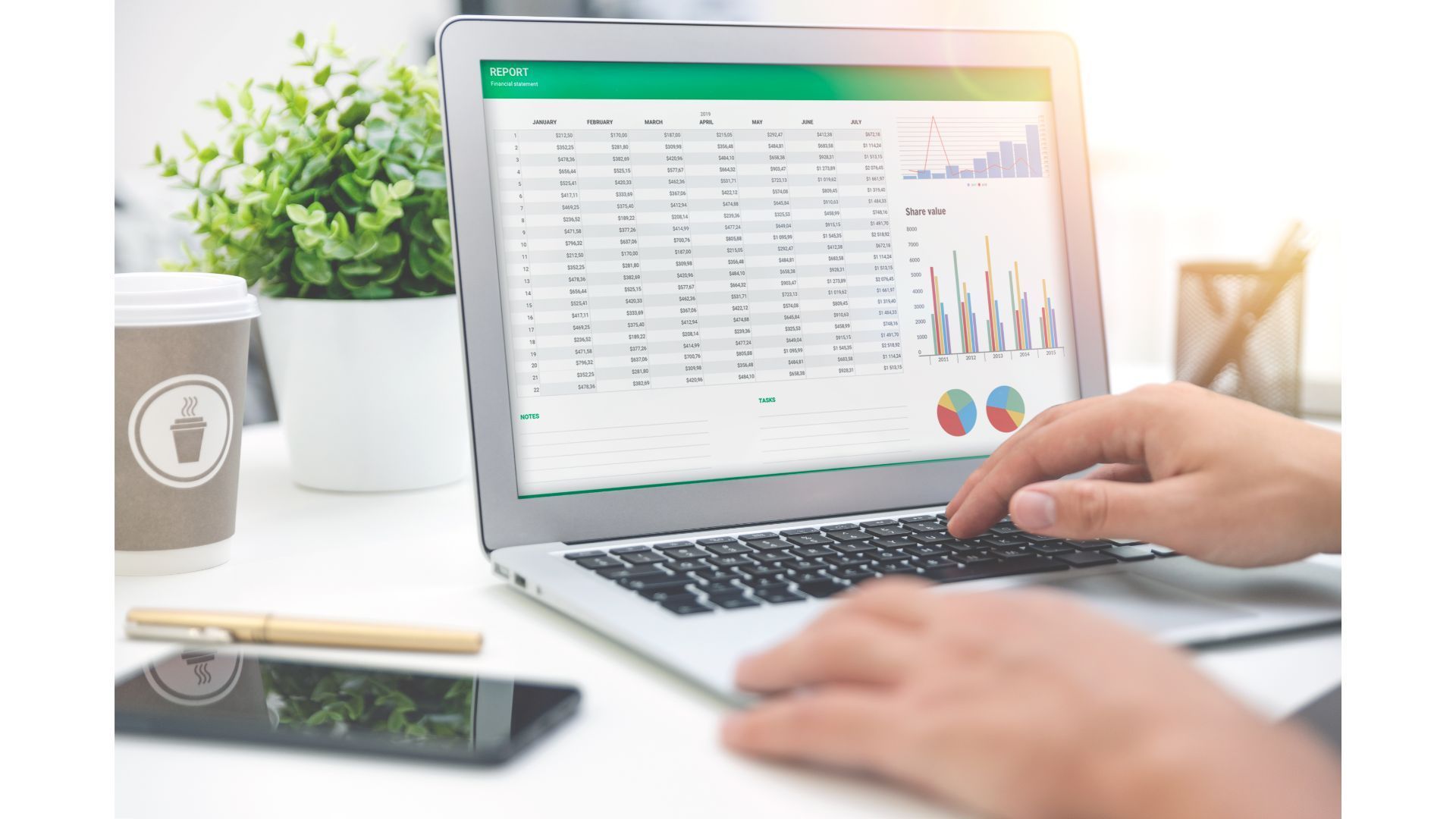What is GST?
Understanding how GST (Goods and Services Tax) works is an important part of successfully running a business and managing cash flow. From lodging your Business Activity Statements on time to ensuring your invoices include the correct information, this blog highlights everything you need to successfully manage GST.
Understanding GST
GST or Goods and Services Tax is a tax of 10% on most goods and services sold in Australia.
If your business turns over more than $75,000 annually or more than $150,000 for a not-for-profit, you must register for GST.
Registering for GST
Not all businesses are required to register for GST, however penalties may apply if you do not register when required.
Once your business reaches $75,000 in income (minus GST), you are required to register for GST. Once you reach this amount, you have 21 days to register.
If you are starting a new business and expect your turnover to exceed the amount required for GST, you should register when starting your new venture.
Once you have an ABN, you can register via the ATO website or through a registered tax or BAS agent.
When and how to charge GST
To be considered a taxable GST sale, it must be:
- A form of payment
- Made as part of your business operations
- Connected with Australia
When your business makes more income than the threshold, you must charge GST, which can be included in or excluded from the price.
If GST is excluded from the price you add 10% to the total.
If GST is to be included in the price you calculate the GST amount and add that to the price.
Tax Invoices
As part of your business operations, you are required to provide a tax invoice when a customer requests one for any sales over $82.50 (including GST). You have 28 days to provide this invoice upon request.
The invoice must clearly detail the following information:
- That the document is a tax invoice
- The seller's identity
- The sellers ABN
- The issue date
- A description of the items sold, quantity and price
- The GST amount
BAS Statements
If you are registered for GST, you are required to submit quarterly BAS or Business Activity Statements. BAS will help you report GST, PAYG Instalments, PAYG Withholding tax and any other taxes associated with your business operations.
When you register for an ABN and GST, you will automatically be sent a BAS when it’s time to lodge.
There are several ways to lodge your BAS, including doing it online using financial management tools like Quickbooks or Xero or through a registered tax or BAS agent.
When you lodge your BAS, it needs to include:
- The sales for that period
- The GST collected
- The GST paid on your expenses
- Wages paid to staff
- Tax withheld from wages
BAS must be lodged on time or penalties may apply.
Claiming GST Credits
If you purchase any goods or services for your business that include GST, you can claim a GST credit or an input tax credit.
You are eligible to claim a GST credit when:
- The purchase is for your business
- The purchase price includes GST
- You provide payment for the item
- You have a tax invoice from the supplier
There are also instances where you can’t claim a GST credit, including:
- When you are not registered for GST
- Any purchases where the price does not include GST
- For wages you pay to staff, as there is not GST on wages
- If you do not have a tax invoice for the purchase
Accounting for GST in Your Business Operations
Managing finances is one of the most important parts of running a business. By setting up the right tools and systems, you can manage GST and taxes with ease.
When you register for GST, it’s important to set aside the required amount of money you will have to pay to the ATO when lodging your BAS.
We recommend using accounting software that provides invoices and automatically generates reports of your GST expenses and credits.
We also recommend putting your collected GST aside in a separate bank account for when you are required to lodge your BAS.
Conclusion
From claiming GST credits to putting your collected GST aside in a separate bank account, following our recommendations for GST management will mean one less thing to worry about when running your business.
For more information on GST and whether it’s required for your business, get in touch with the
business accountants at Zenith Accountants & Advisors on the Gold Coast.
Written By Tom Thynne
Tom is the director of Zenith Accountants & Advisors. With over seven years of public practice experience, Tom can see what it takes to make a business successful. Tom is a Chartered Accountant, Financial Planner, Registered Tax Agent and Certified Advisor in QuickBooks Online and Xero.
Address
Unit 2/43 Township Drive
Burleigh Heads, Gold Coast
Zenith
Accountants









